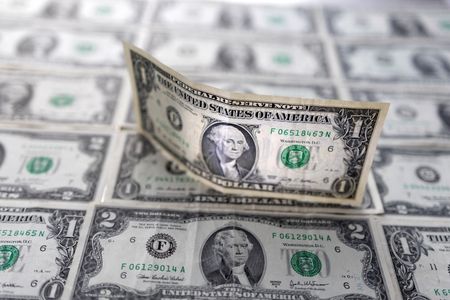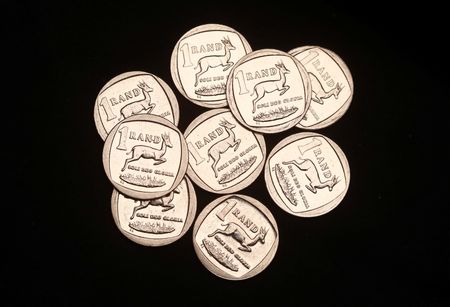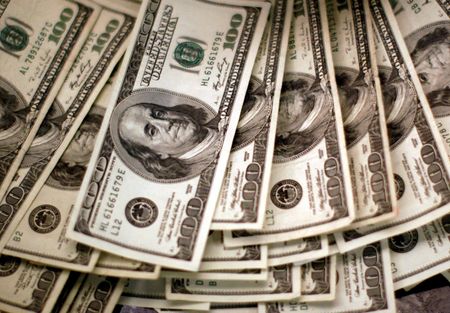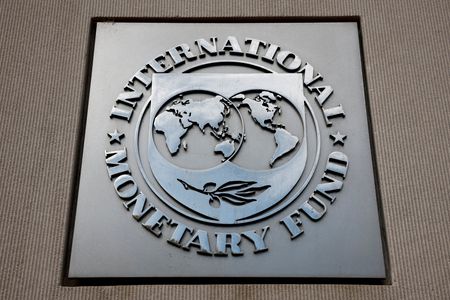By Kevin Buckland
TOKYO (Reuters) -The safe-haven Japanese yen and Swiss franc stood tall on Wednesday as an aggressive tech-led selloff on Wall Street spilled over into Asia.
The U.S. dollar remained relatively well bid, supported both by haven flows and declining bets for near-term Federal Reserve interest rate cuts.
The risk-sensitive Australian dollar remained weak after a 0.8% slide against the greenback on Tuesday, while the New Zealand dollar sank to a near seven-month low after the unemployment rate printed at the highest level since 2016. Against the Aussie, New Zealand’s currency briefly dipped to a 12-year trough.
Sterling was pinned near a seven-month low after British finance minister Rachel Reeves on Tuesday hinted at broad tax rises in her budget later this month.
“Risk-off sentiment has been pervasive across markets in the past 24 hours,” said Ray Attrill, head of FX research for markets at NAB.
“This is alongside GBP, which heard the message of upcoming fiscal tightening from UK Chancellor Reeves loud and clear.”
Selling dominated Asia stock markets on Wednesday, with Japan’s Nikkei dropping as much as 4.7% and South Korea’s KOSPI plunging as much as 6.2%, after both reached record highs this week.
The yen gained as much as 0.5% at one point before last trading 0.1% stronger at 153.52 per dollar. The franc climbed 0.3% to 0.8097 per dollar.
The dollar index – which measures the currency against the yen, franc, euro, sterling and two other peers – was steady at 100.17, after earlier shooting as high as 100.25 for the first time since August 1.
Markets have interpreted sharp divisions among the Federal Reserve board on the correct path for policy as a sign that near-term rate cuts are unlikely.
Investors and policymakers have also had to contend with a record-long government shutdown, which has all but halted the flow of macroeconomic data. This has put a lot of focus on the private ADP payrolls later on Wednesday.
The dollar was little changed at $1.1487 per euro after rising 0.3% in the prior session to reach a seven-month top.
Sterling was flat at $1.3017 following Tuesday’s 0.9% slide.
The New Zealand dollar bounced 0.2% to $0.5753 after earlier sinking to the lowest since April at $0.5631. It dipped as low as NZ$1.1512 per Australian dollar following the labour market data, a level not seen since October 2013.
The Aussie was flat at $0.6491.
As well as falling victim to the risk-off tone in markets, Australia’s currency was still under some pressure after the central bank signaled an extended rates pause when it held policy steady on Tuesday.
The Reserve Bank of Australia’s “post‑meeting statement did not read as hawkish as it could have, given the material upside surprise to inflation last week,” said Joseph Capurso, a strategist at Commonwealth Bank of Australia, who sees risks skewed to further weakness towards support at around $0.6404.
Leading cryptocurrency bitcoin rose 1.7% to around $102,000 as it attempted a recovery following a 6.1% slide on Tuesday to below $99,000, its lowest since June 22.
(Reporting by Kevin BucklandEditing by Shri Navaratnam and Sam Holmes)











